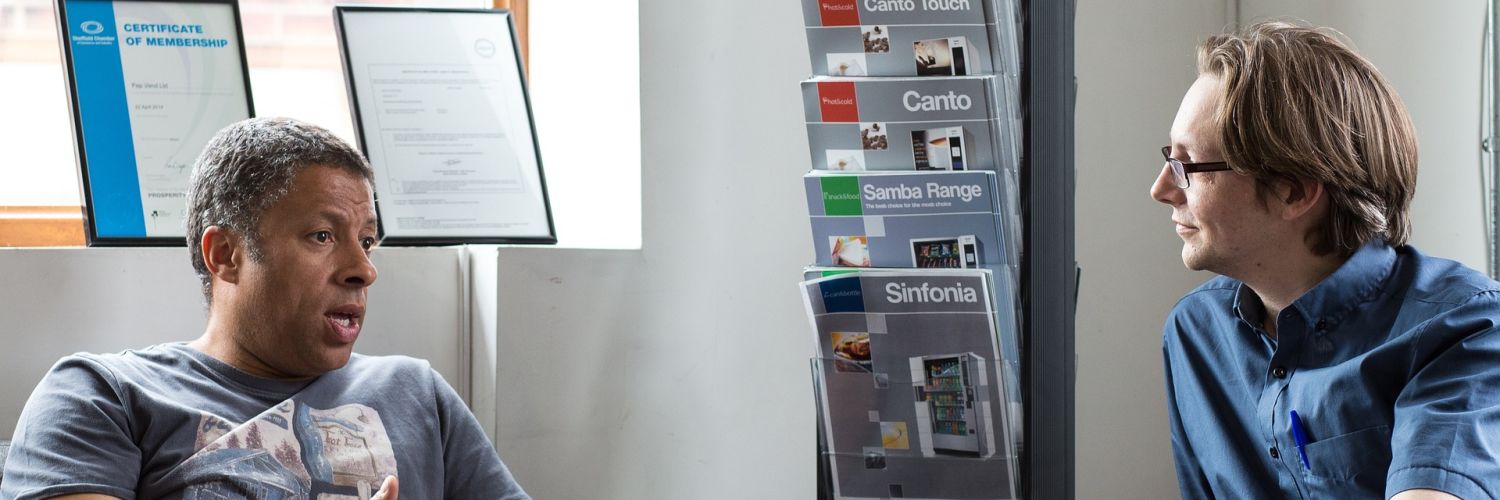The Trap of Toxic Positivity
Published on

A few weeks ago, a post went viral on LinkedIn: A company had the idea of firing an employee in a humane way, with a decorated basket of treats and words of appreciation.
Many people criticized and opposed this attitude: How does this help a professional in such a delicated situation?
These are very pertinent criticisms.
The idea of a management that treats employees well is important, leaving in the past the rigid hierarchical concept, but there is a limit. In the search for a positive and optimistic environment, many leaders end up falling into a trap: toxic positivity.
In this case, wouldn’t be better if there was an attempt to help realocate the professional? Offer good references? Or, at the very minimum, handle the situation with the seriousness that it deserves?
Think about what is the use of a leader who does not offer real help to his subordinates, and you will soon realize that, if in the past there was distance due to rigidity, it is possible to also remain very distant through empty incentives and beautiful words that do not manifest in effective actions.
What is toxic positivity?

Toxic positivity is a recent concept that refers to a range of behaviors that place an overemphasis on positive thinking, even when in difficult circumstances.
When an employee expresses concern, frustration, or anxiety, toxic positivity manifests itself in the invalidation of these feelings.
Think about what your response would be to hear the following:
“I haven’t felt secure in the current project. While I feel grateful for having good responsibilities, I have concerns related to some specifics. I’m afraid of not finishing on time. I’m afraid of making a mistake.”
Considering a face-to-face conversation, would you just pat that team member on the back by saying “it’s okay, you can do it”? Or would you say that he should value the opportunity, and that he should be grateful, as it could be so much worse in another job?
If you demand that your employees have only positive attitudes in the face of challenges and legitimate problems, they will either not come to you or be afraid to express these concerns.
This situation can lead to increased levels of stress, and to a self-demand of productivity which can even generate burnouts.
In more severe cases, people can end up feeling ashamed of what they feel.
A manager has all responsability on this, because leading also has to do with the impacts of work on the life of your team.
A direct impact of toxic positivity is the loss of great people. Talented and promising employees can end up anxious or demotivated in an environment where this silencing takes place. Of course, appreciation is due to a series of factors, but a manager who inspires confidence and offers real support makes a lot of difference.
Other consequences may go unnoticed, as they are more indirect: It’s impossible to solve a problem if you don’t know it exists. If a member of your team doesn’t come to you to say, for example, that he’s overloaded, you can’t :
- Observe the amount of work of that person
- Assess the proportionality between your team members
- Discuss which tasks should be divided or rearranged
Each of these steps can make a total difference in the daily routine and quality of the project. When you listen to legitimate questions, you have a precious opportunity to find solutions.
Encouragement vs Toxic Positivity

But then, what is the limit of positivity? Where does encouragement end and where does imposing a positive mindset at any cost begin?
Optimism will never cease to be a good trait. What should not happen is the loss of balance. That is, it is necessary to know how to discern and have common sense, since there is no perfect formula.
You will need to trust your judgment to know how to deal with your team, always within ethical limits, and cultivate a culture that values real connections and relationships, both between manager and team member and between teammates.
It is this alignment that generates the necessary harmony to deal with projects. Of course, the success of a job depends on several factors, including external and unpredictable situations. But, at least under the expected circumstances, a team in harmony will always have the necessary efficiency for the desired outcome.
How to manage in an authentic and balanced way?
Here are some ideas:
Healthy environment
For management to be authentic and balanced, everyone needs to feel that they are in a safe environment to share ideas and ask for help.
A safe environment is one that provides non-judgmental listening, and that does not neglect legitimate needs. The manager has a fundamental role in this, but all the others also influence the well-being of a team.
Real relationships
It is important to observe interpersonal relationships, and even encourage moments of relaxation, without ever forcing proximity that may be uncomfortable and always maintaining a sensitive look.
Team members who are close, or who respect each other, certainly get along better.
What you say (and how you say it) matters
BetterUp, in an article about toxic positivity, has a chart comparing toxic statements and what to say instead:
| CHANGE THIS: | FOR THIS: |
|---|---|
| “You’ll never get anywhere thinking that way.” | “It sounds like you’re really upset about this situation.” |
| “I’m sure you can do it.” | “Look for me if I can help you with that.” |
| “This should be easy for you!” | “It’s okay to ask for help.” |
What you say, and how you say it, can make a world of difference to both the situation and the trust that will be placed in you.
Be empathetic and consider individual circumstances
Each person is a world, and each one brings experiences and vulnerabilities that must be considered.
Being empathetic is not an easy task and, when in doubt, ask and listen. Accept and encourage suggestions. It needs to be accessible and transparent.
Listen, respect and help
When a team member seeks your help, don’t limit yourself to empty phrases and jargon. Foster relevant and meaningful conversations. It is not necessary to always have the best answers, but it is important to guide in the best way, and use all your knowledge and strategy to solve the problem together, without leaving the team alone to its fate.
Bear in mind that work is part of life, which is uncertain, surprising and leads to situations that will not always be comfortable. Experiencing discomfort, pressure and haste as a team not only makes good results come, but also makes day-to-day life better.
Final ideas

At the end of the day, it is important to understand that the team does not need to be positive all the time, because negative emotions are common in the face of daily work and the challenges that are part of any project
The paths to authentic and balanced management involve knowing how to deal with interpersonal relationships and cultivating a healthy environment.
In these moments, it is essential that leaders are willing to offer true support.
Recognizing that people have the right to experience negative emotions in certain work situations is fundamental to understanding problems and trying to find a solution.
Instead of seeking blind optimism, it is important to find balance, recognizing that professional life is full of challenges and legitimately difficult situations, which can be faced as a team and with the help of the manager.
At the end of the day, a good guide is always around.
Comments
I feel that comments on specific blogs have been dying down as the times goes. If you have any questions or want to talk about the post, contact me through the below links.
